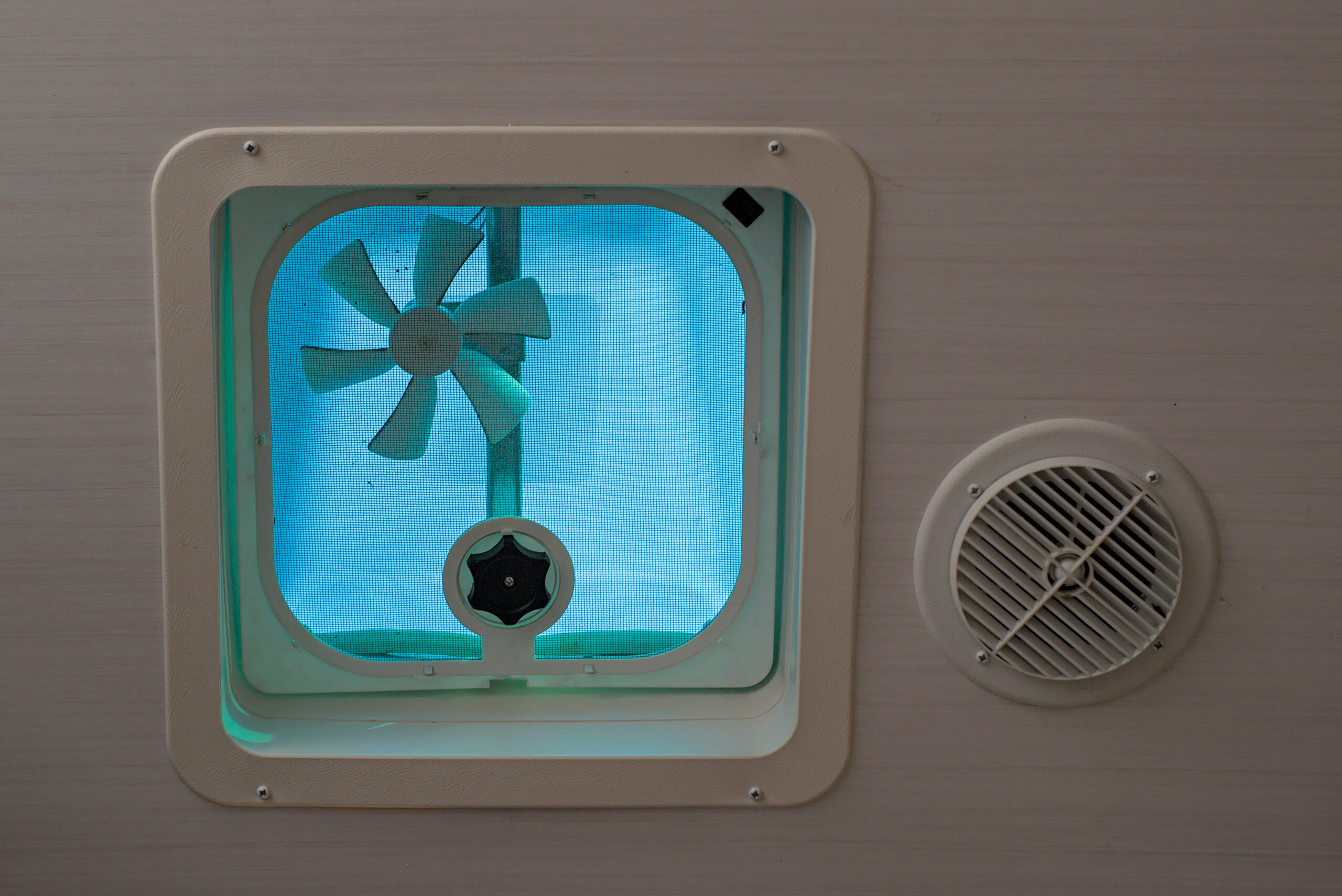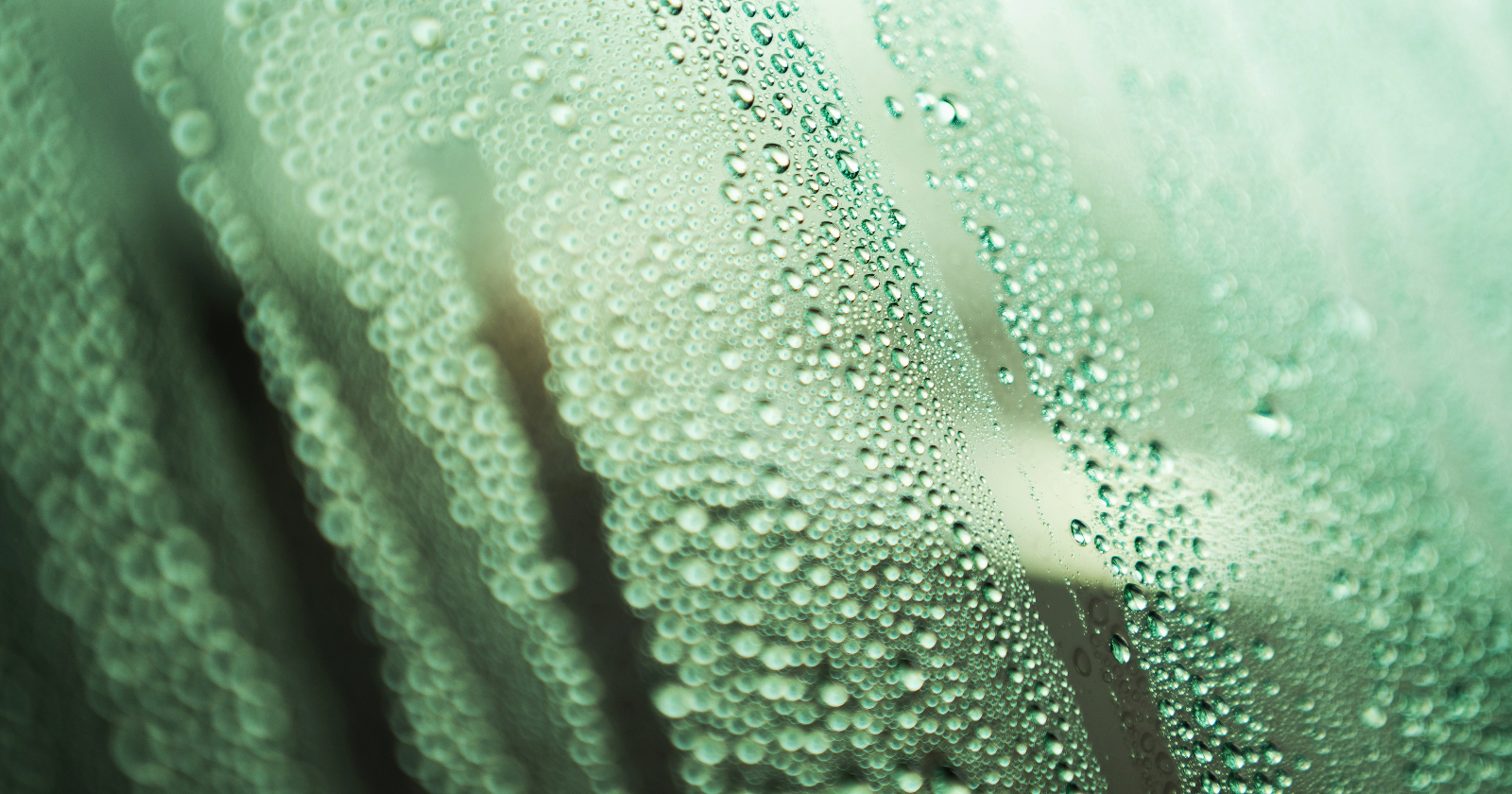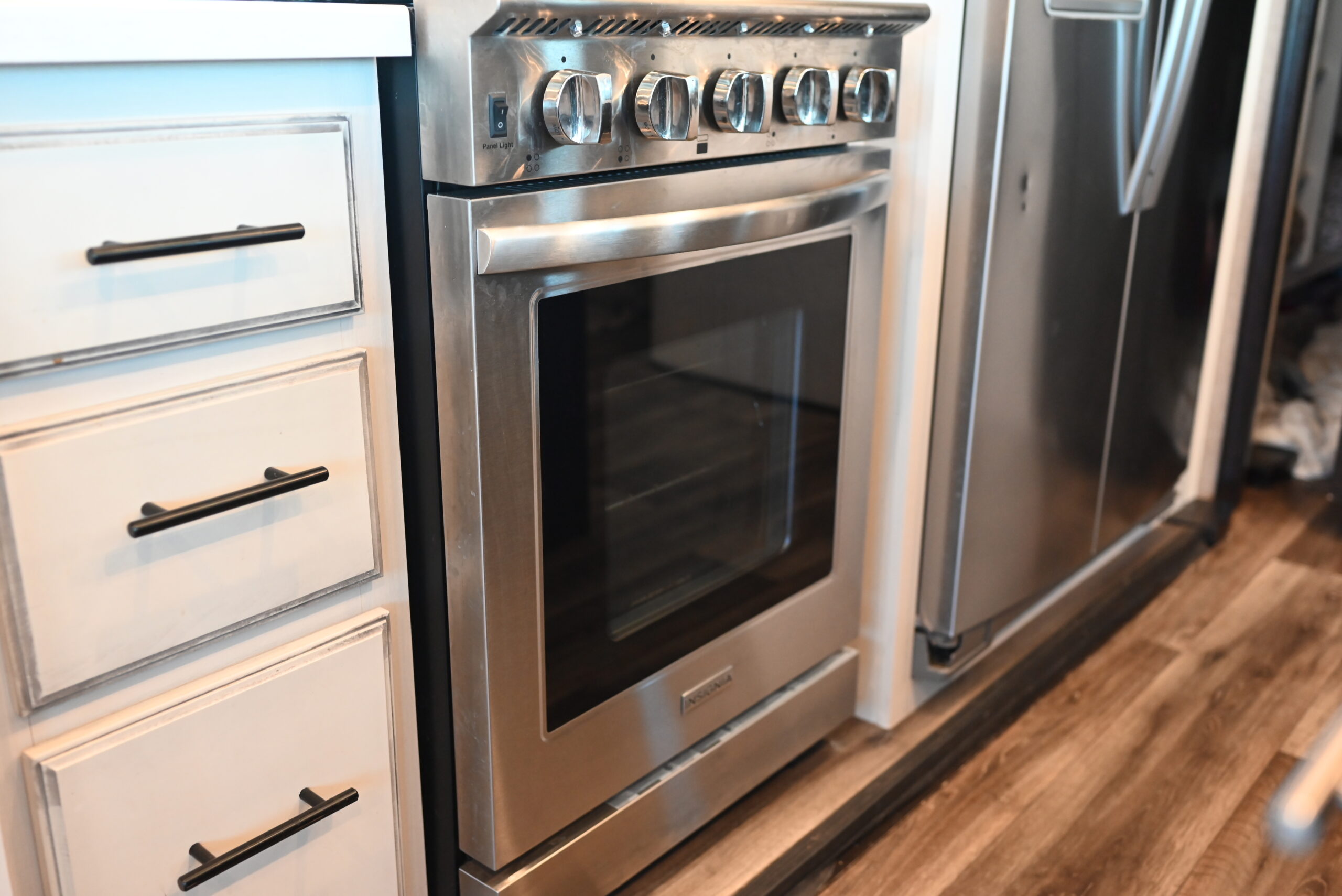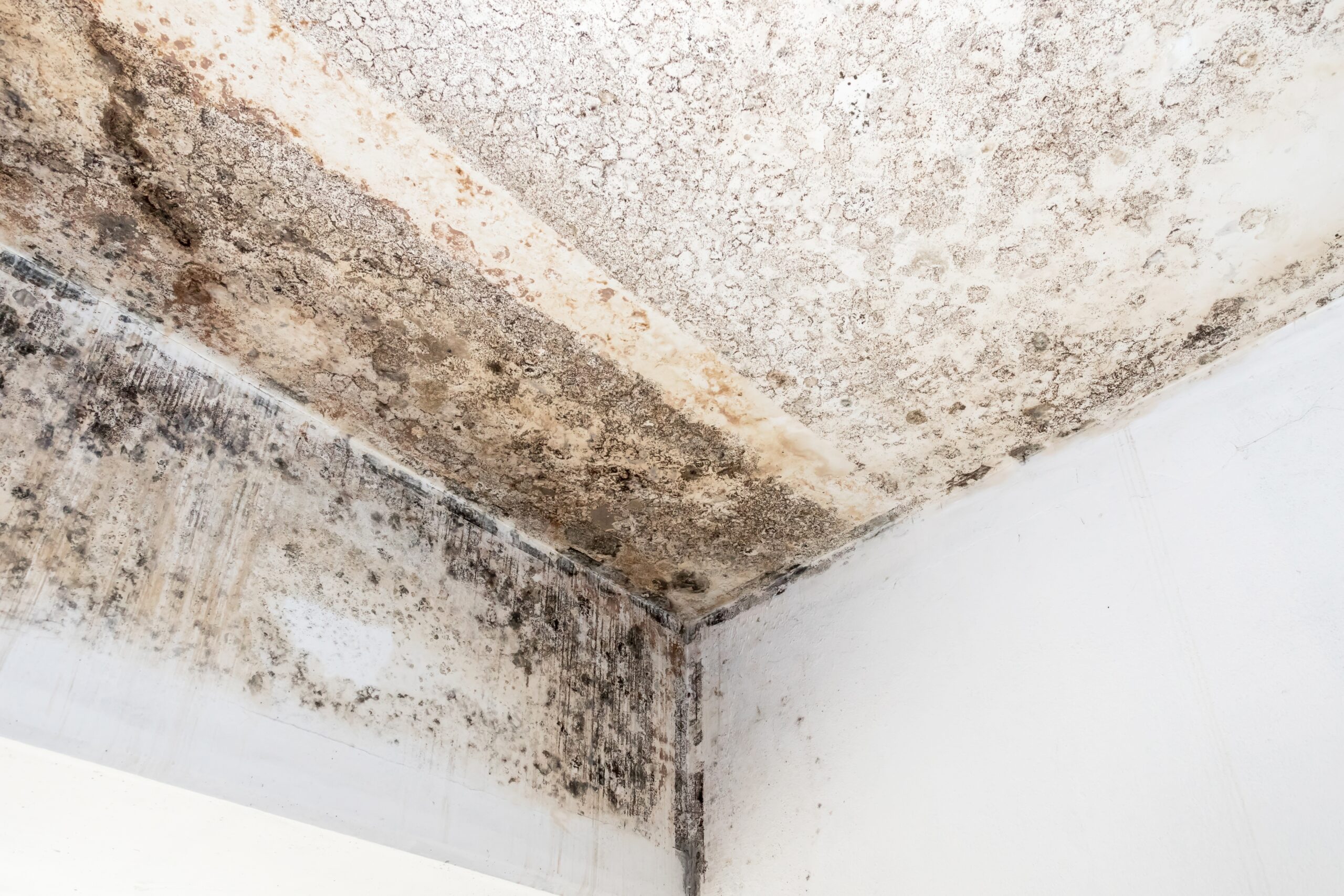
How To Reduce Humidity And Condensation In An RV
Water damage is one of the biggest problems an RV owner can face. It comes in many forms and sometimes it’s more obvious than others. Even a buildup of humidity can eventually cause warping and structural water damage, so it’s important to address these problems at the root. If you want to know how to reduce humidity in your RV, you’re in the right place.
Everyone has different tolerance levels and preferences when it comes to how humid their living space is. A good range to shoot for is somewhere between 30-50% humidity. This ensures the space isn’t too damp or too dry, and you won’t face any major issues in this range.
However, many RVers live in or travel to areas that are swampy and full of moisture. In this case, you need to know how to reduce humidity in your RV or prevent it from building up. There are a variety of ways to do this, and we’ve gathered eight useful tactics below. Try them out and watch your moisture levels drop!
Install a humidity monitor
First of all, you need to have a way to monitor the humidity within your RV. In some cases, it may be more humid than you would like, but it’s not at a harmful level. The ability to check the moisture level is very useful, especially if you’re worried about mold, mildew, or other growths.
Some RVs have built-in panels that can tell you the temperature, humidity, etc. If you don’t already have one, the ANTONKI Humidity Gauge is a handy little device that can be easily installed in any house, vehicle, or RV.
With this product, you get two sensors to place wherever you like. It may be a good idea to place them in different parts of your RV. For instance, one could go in the living room while another could be closer to the bathroom or kitchen. Be sure you monitor damp and dry areas equally!
Improve air flow
Sometimes RVs can be moisture traps. If they remain closed up, they can trap humidity inside and create an unpleasant and swampy environment. Improving the air flow in your RV is a good way to move damp air out and invite fresh air in.
Obviously, this depends on the area you’re staying in. If you’re camping in a very humid area, you may be better off keeping your RV closed up and running dehumidifiers. However if the air outside is drier than the air inside, feel free to open up windows and run fans. This circulation will prevent moisture buildup and help everyone stay cool and refreshed.
Use a dehumidifier
Speaking of dehumidifiers, consider adding one of these to your RV. It’s literally their job to reduce humidity in your RV or house, so they are one of your most effective weapons against moisture buildup. There are lots of great options on the market, but a good portable option is the Pro Breeze Electric Mini Dehumidifier.
This product is capable of removing 18 ounces of water a day, and it can cover an area of up to 250 sq feet. With these specs, this product is well-suited to life on the road in an RV. It’s also fairly compact, so it’s won’t take up much space or get in the way. Of course, there are lots of other dehumidifiers on the market to explore if this one doesn’t speak to you.
Apply desiccants
Dehumidifiers are useful appliances, but sometimes they need a bit of extra help. These machines can’t always reduce humidity in your RV’s hard-to-reach places. Moisture can build up inside your cabinets, underneath the sink, or along your windowsills.
For these areas, desiccants are useful! These are substances that are designed to absorb excess moisture and prevent condensation. There are lots of desiccants you can use, from DIY solutions to store-bought products. One of the most useful commercial products is DampRid Moisture Absorber. Homebrew solutions include dry rice, salt, baking soda, and dried clay.
Just sprinkle these substances in the area(s) that accumulate moisture, or place them in small packets. Make sure you switch them out periodically to ensure that they are dry enough to do their job.
Cook outdoors
You can also adjust your habits to reduce humidity in your RV. Many of us love the convenience of an indoor kitchen, but this is a prime place to create steam and increase the moisture in your vehicle. If you’re worried about the humidity levels in your RV, try to take the cooking outside.
Many campsites include fire pits and picnic tables, and a lot of RVs have options for an outdoor kitchen/grill! There are lots of things you can cook outside. Plus, doing this during the summer will also help your interior stay nice and cool.
Don’t leave standing water
Another way you can keep your RV dry is by minimizing the amount of evaporation that takes place inside. Of course, this is impossible to completely eliminate, but you should avoid leaving out wet items or sources of standing water.
For instance, don’t air dry your clothing inside your RV. Wet clothes can make any area feel damp and musty. If you frequently hand wash dishes, you can also wipe them instead of leaving them to dry in the open air. Don’t leave water in your sink or full buckets or bottles out in the open.
Run your vents and exhaust fans
Vents and exhaust fans will help improve air circulation and move the moist air out. Make sure you run these if you frequently cook or shower in your RV. Open a window if you need to introduce even more air flow.
Showering inside your RV is a modern-day luxury, but it’s also one of the most common ways to increase the humidity levels. If you really must shower during humid conditions, try to lower the temperature a bit and shorten the amount of time the water runs. Most RV resorts and campgrounds include on-site showers and bathrooms, so take advantage of these.
Let the interior air out
Finally, you need to let all the parts of your RV air out from time to time. Your bedding is a surprisingly humid place and it can trap a lot of moisture. When you begin or end a long trip, clean and strip the bedding. Let it air dry in the sun if possible.
Don’t forget your mattresses either. Flip them over or prop them against walls so you don’t trap any moisture inside.
Open your cabinets up as well. These can sometimes become damp and musty, so let them dry out. Wipe down any surfaces that are wet or moist and completely empty your water storage tanks after your trip is over.
Now you know how to reduce humidity in an RV. It can be hard to reduce the moisture in your RV, especially if you live in humid areas. However, by using the tips above, you’ll be able to monitor and control the situation. If your RV remains clean and dry, you can avoid problems like water damage, wood warping, and mold.
Make sure you keep track of all your RV maintenance and repairs with an online tool such as RV LIFE Maintenance. Not only can you keep all of your documents in one place, but you’ll also receive timely reminders when maintenance is due to help you avoid costly repairs and potentially serious accidents.
Related articles:



